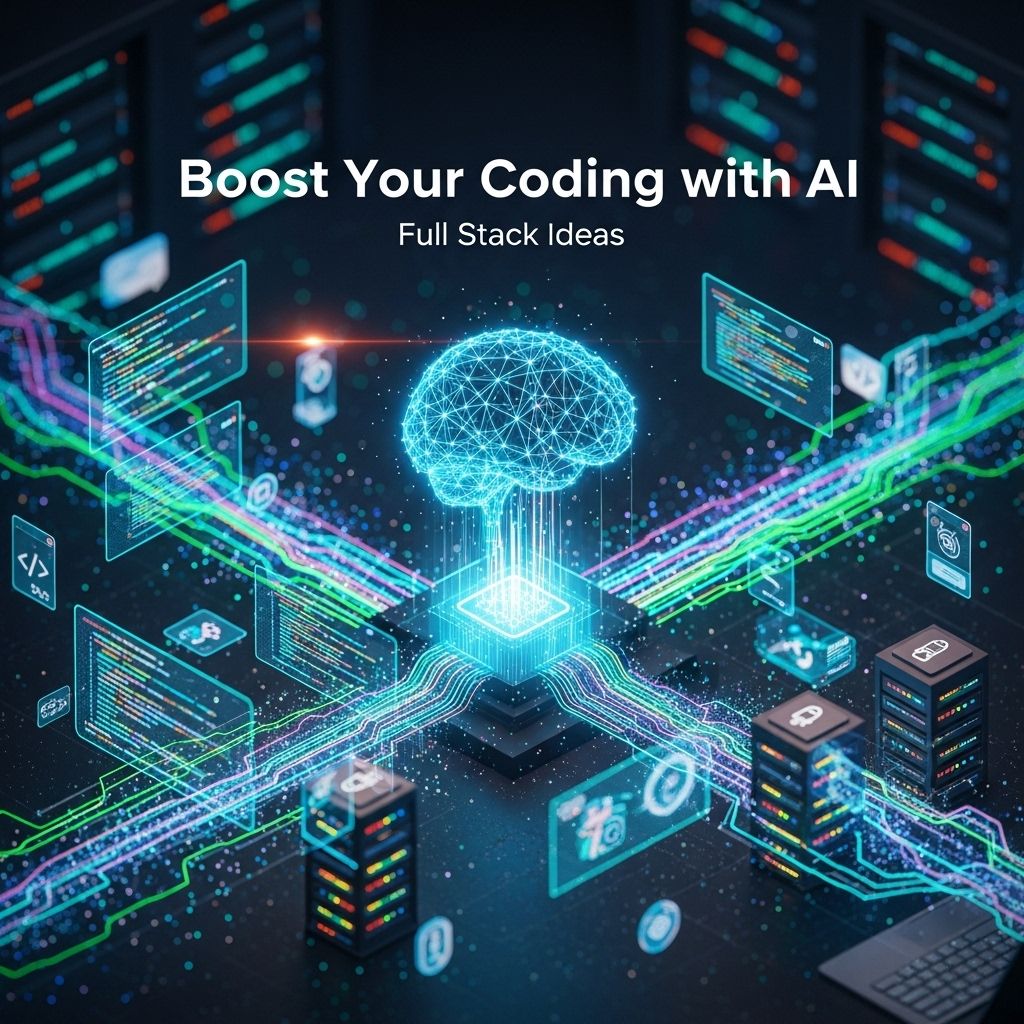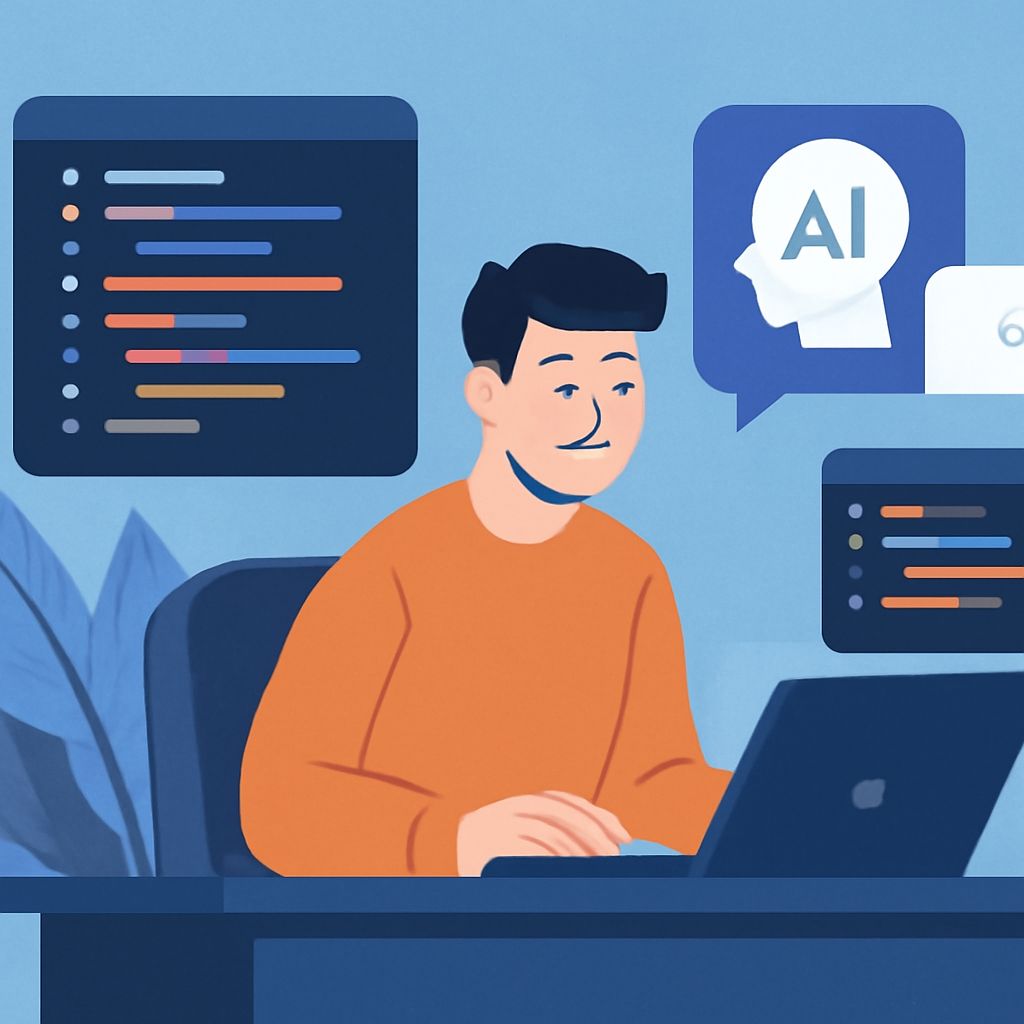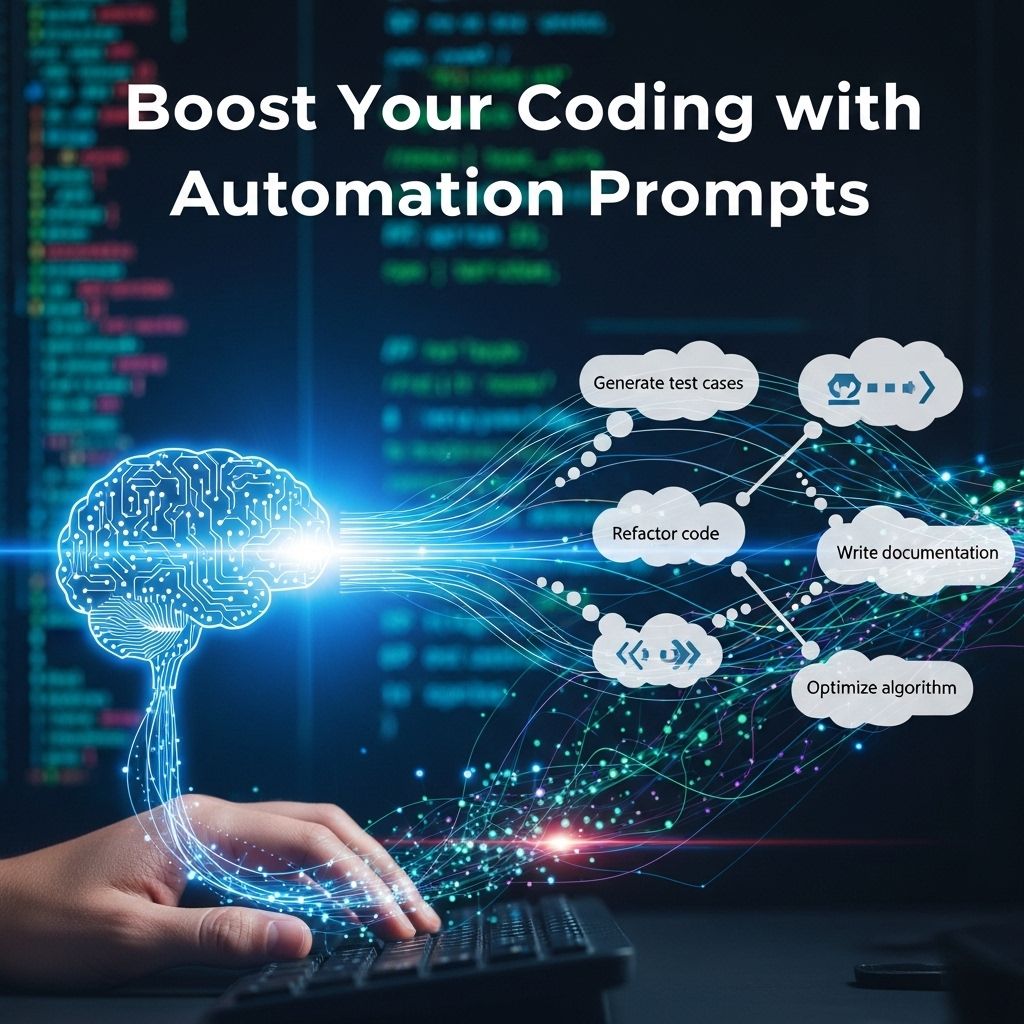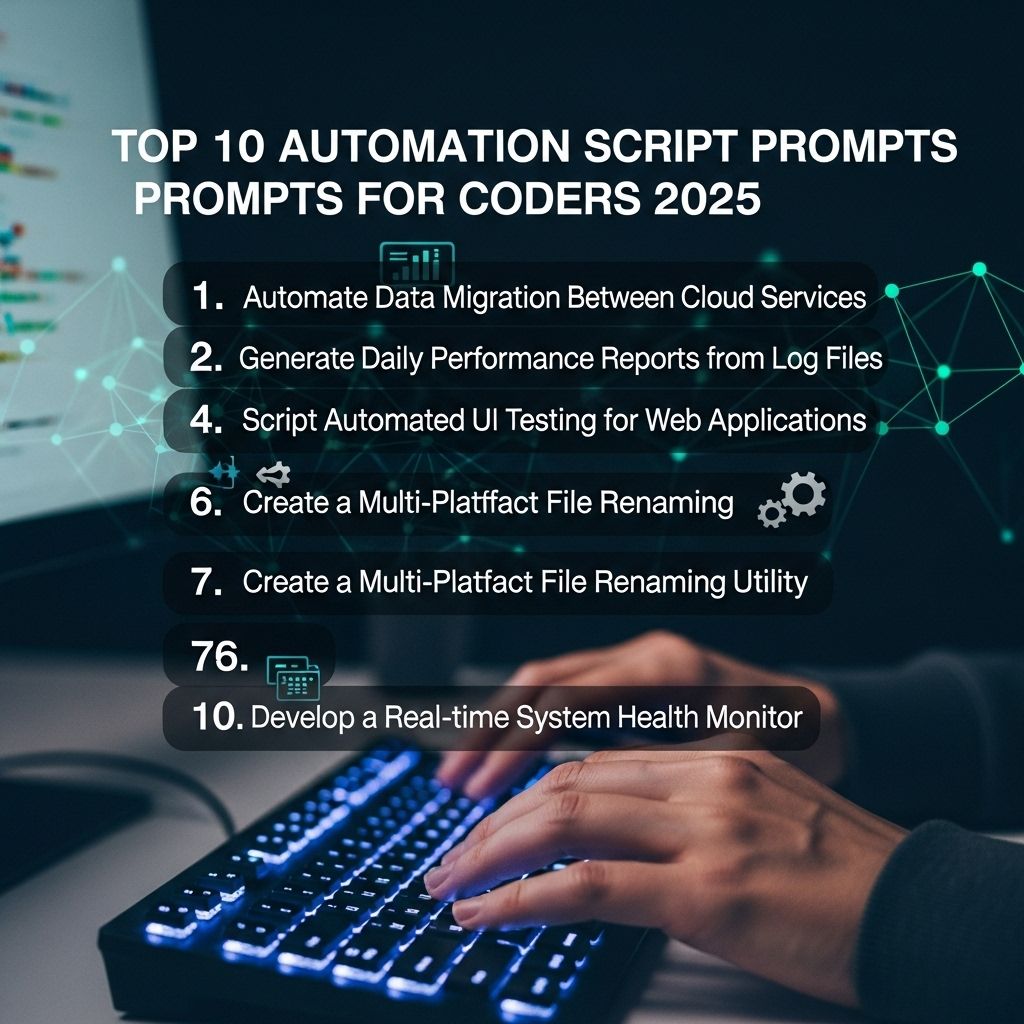In the rapidly evolving landscape of technology, artificial intelligence (AI) is redefining how we approach coding and software development. For full-stack developers, leveraging AI can enhance productivity, streamline workflows, and lead to the creation of smarter applications. This article explores innovative ideas for integrating AI into full-stack development, highlighting key concepts, tools, and best practices that can elevate your coding experience.
Understanding AI in Full-Stack Development
Before diving into specific applications, it’s crucial to grasp what AI entails in the context of full-stack development. AI encompasses various technologies that enable machines to simulate human intelligence, including machine learning, natural language processing, and computer vision. These capabilities can be harnessed in both front-end and back-end development, resulting in applications that are not only efficient but also user-friendly and intelligent.
AI-Powered Tools for Full-Stack Development
Numerous AI-powered tools can assist full-stack developers in various stages of the development lifecycle. Here are some noteworthy tools to consider:
- GitHub Copilot: An AI pair programmer that assists in code completion and suggestions by understanding the context of your code.
- Tabnine: An AI code completion tool that integrates with multiple IDEs, helping developers write code faster.
- DeepCode: AI-driven code review tool that identifies bugs and security vulnerabilities in your codebase.
- Jupyter Notebooks: A powerful tool for data analysis and visualization that can be enhanced with AI models for predictive analytics.
- TensorFlow.js: Allows developers to build machine learning models directly within web applications.
Incorporating AI into Front-End Development
Front-end development focuses on the client side of applications. AI can improve user experience, accessibility, and interactivity. Here are some ideas to implement AI in your front-end projects:
1. Smart User Interfaces
Utilize AI to create adaptive user interfaces that respond to user behavior and preferences. This can be achieved through:
- Personalized content delivery based on user interactions.
- Dynamic layout adjustments to enhance usability.
- Voice-assisted navigation for improved accessibility.
2. Chatbots and Virtual Assistants
Integrating AI-driven chatbots can enhance user engagement. Consider the following:
- Use natural language processing (NLP) to enable conversational interfaces.
- Implement predictive analytics to anticipate user needs.
- Deploy machine learning models to improve chatbot responses over time.
3. Image Recognition and Analysis
With advancements in computer vision, incorporating image recognition can transform user interactions:
| Use Case | Technology |
|---|---|
| Facial recognition for personalized greetings | TensorFlow.js, OpenCV |
| Real-time image tagging | Google Vision API, AWS Rekognition |
| Augmented reality experiences | AR.js, Three.js |
Enhancing Back-End Development with AI
The back-end forms the backbone of your application, handling data management and server-side logic. Here are some innovative applications of AI in back-end development:
1. Predictive Analytics
Employ AI algorithms for predictive analytics to forecast user behavior, allowing developers to:
- Optimize database queries based on usage patterns.
- Implement personalized marketing strategies.
- Enhance customer relationship management (CRM) through data insights.
2. Intelligent Database Management
AI can facilitate smarter database management by:
- Automating data entry and cleanup processes.
- Utilizing AI-driven suggestions for indexing and query optimization.
- Detecting anomalies in data to prevent fraud.
3. API Development and Management
With AI, you can streamline API development by:
- Automatically generating documentation based on code comments.
- Utilizing AI to suggest best practices for API design.
- Implementing AI to monitor API performance and suggest improvements.
Best Practices for AI Integration in Full-Stack Projects
To successfully integrate AI into your full-stack development projects, consider the following best practices:
- Start Small: Begin with simple AI features and gradually scale your implementation as you gain experience.
- Continuous Learning: Stay updated with the latest AI trends and tools. Online courses, webinars, and tech blogs can be valuable resources.
- Leverage Existing Models: Utilize pre-trained models and APIs to save time and resources.
- Monitor Performance: Continuously evaluate the performance of AI features and make necessary adjustments based on user feedback.
Conclusion
The integration of AI into full-stack development opens up a world of possibilities for creating innovative and efficient applications. By leveraging AI tools, enhancing user experiences, and optimizing back-end processes, developers can stay ahead in the competitive tech industry. Embrace the power of AI to boost your coding skills and transform your development practices.
FAQ
What is full stack development?
Full stack development refers to the practice of working on both the front end and back end of web applications, covering everything from user interface design to server-side logic.
How can AI enhance full stack development?
AI can enhance full stack development by automating repetitive tasks, providing code suggestions, improving debugging processes, and enabling smarter data analysis.
What are some popular AI tools for full stack developers?
Popular AI tools for full stack developers include GitHub Copilot, TensorFlow, and ChatGPT, which can assist in code generation, machine learning, and natural language processing.
What are some full stack project ideas that incorporate AI?
Project ideas include an AI-driven e-commerce recommendation system, a customer support chatbot, or a sentiment analysis tool for social media.
What skills do I need for full stack development with AI?
Key skills include proficiency in programming languages like JavaScript and Python, understanding of AI concepts, and familiarity with frameworks such as React and Node.js.
How do I get started with full stack AI projects?
To start with full stack AI projects, begin by learning the basics of full stack development, explore AI concepts, and gradually work on small projects to build your skills.




